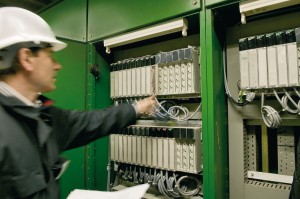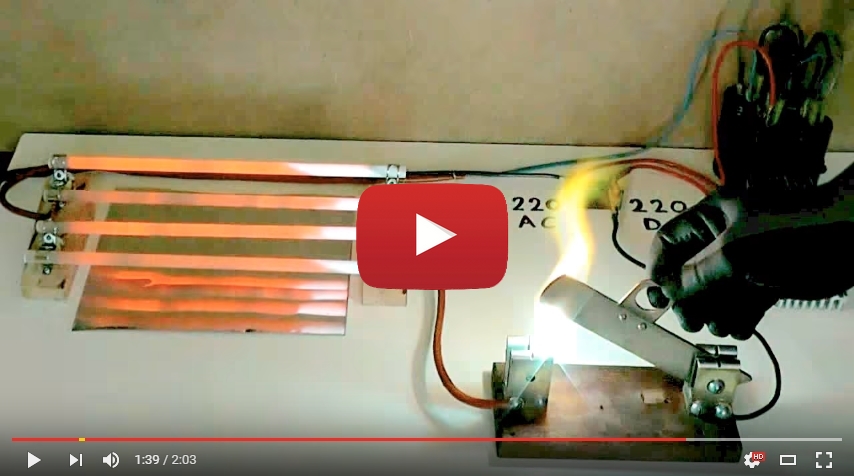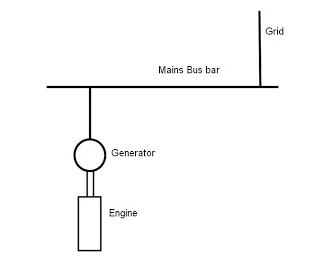
Power Quality
This month, we chose to put the articles published in the category "Power Quality" in the spotlight.

Did you check what's going on out there lately? If not, here's some of the most noticeable articles from this category:
1. Integrating distributed and renewable energy into existing power grids
2. Factors that determine the current rating of power cables
3. Integrating IT in Electrical Systems and Tools
If you would like to publish an article in the "Power Quality" category, you can tell us by mail. You can even post directly on the forum!
You can write about whatever you want (debate, tutorial, product review, your observations, your opinion as an engineer or student, etc.).
Thanks in advance for your active contribution to our community,
The moderator team.

 |
This month let us introduce you one of our community members: Mile |
A CAD engineer at Kromberg & Schubert also working part time as a freelance Electrical applications engineer.
From Bitola, Republic of Macedonia.
Electrical drives, Electrical motors, Renewable energy, Automation, Electrical Power distribuion, and news are the subjects which interest him the most.
Thinks that the Electrical Engineering Community is the best place where you can get in touch with other people who think exactly like him. On that place he gets the chance to learn and share experiences with other like minded professionals like himself.
Blogs: websagers.com and cleanenergy.hubpages.com
If you want your profile to appear in the next newsletter, tell us by mail |
|

|
DC: danger alert? |
 |
The war between pro-AC fans and pro-DC fans has been around forever; ever since the end of the 19th century in fact. Today, more than ever, the battle is raging! New technologies such as LED, cellphones, photovoltaic, and electric cars, are becoming more prevalent in our everyday lives, so it's no surprise we're witnessing a new major turning point in this AC versus DC battle: the pro-DC (electronic device manufacturer) fans are stepping up to the fight against the pro-AC (electric device manufacturers) who are carrying the flag for AC - which differentiates high and low current.
The quantity of videos and articles in favor of one or the other of these solutions is increasing and is about to tip the balance.
On this point, the above video has caught the attention of the EEC team. All electricians are familiar with the theoretical characteristics of these two different currents, but in practice, not many people really visualize the impact of the "zero crossing" of the voltage, every 10 milliseconds by the sine wave in the AC distribution.
For all that, could full-DC really be dangerous? What do you think about it? Are you rather pro-AC or pro-DC and why? What is the most viable solution? The most environmentally friendly? More generally, what's your opinion on the War of Currents?
We're currently preparing a complete document about this top confrontation. Help us writing it if you have information about this topic. Each volunteer will receive this exclusive document for free!
CLICK HERE to see the full video and to REACT about the danger of DC!
|
MORE>>
|

|
Reverse power relay basics and operation |
 | The reverse power relay is a directional protective relay that prevents power from flowing in the reverse direction.
The relay is used in installations where a generator runs in parallel with the utility or another generator so as to prevent power from the bus bar or another generator from flowing back to the active generator when its output fails.
|
What are the advantages of power relay and what's its construction and operation? Find the answer in this back to basics article!
|
MORE>> |
|
 |
|
